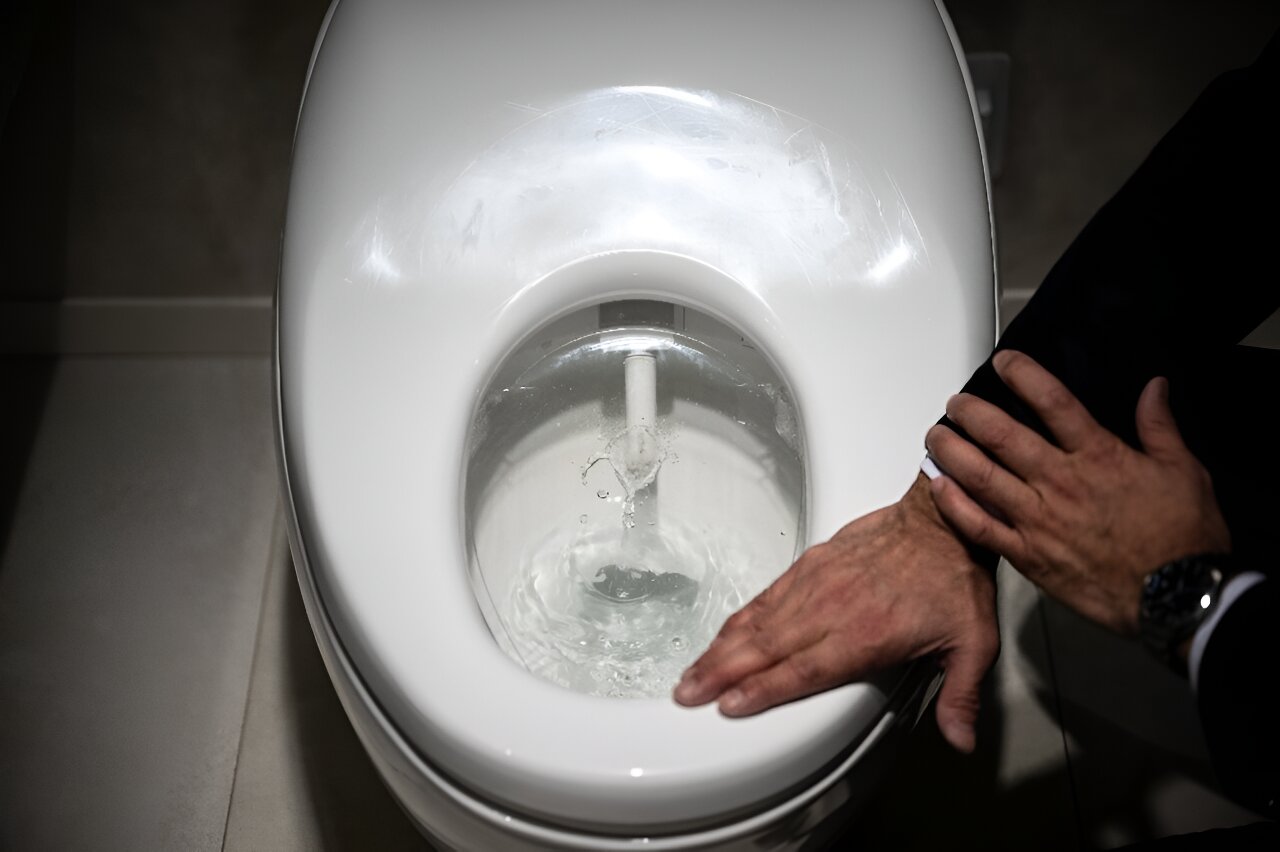
Constructor University researchers, Prof. Dr.-Ing. Hendro Wicaksono, Linda Angreani and Annas Vijaya, published a study on Industry 4.0 technologies in the Journal of Manufacturing Technology Management.
Their research powerfully illustrates how companies can navigate the complexities of integrating advanced technologies, such as automation and the Internet of Things (IoT) into their manufacturing processes.
This research is unique as it is the first to explore the alignment between maturity models and reference architecture models, offering valuable insights for companies striving to enhance their Industry 4.0 adoption strategies.
The study does so by introducing a comprehensive maturity model to assess an industry’s readiness to adopt Industry 4.0, aligned with reference architecture models (RAMs) like RAMI4.0, NIST-SME, IMSA, IVRA, and IIRA, enabling better implementation strategies for companies.
“One of the significant findings is the identification of varied interpretations of Industry 4.0 maturity models within organizations. The research highlights the critical challenge of aligning these models with established RAMs, which is essential for a successful Industry 4.0 transformation,” write Angreani and Vijaya, both research associates under Prof Hendro Wicaksono, from Constructor University.
“Additionally, the study reveals that both maturity models and reference architectures often overlook human and cultural aspects, which are vital for effective implementation.”
More information:
Linda Salma Angreani et al, Enhancing strategy for Industry 4.0 implementation through maturity models and standard reference architectures alignment, Journal of Manufacturing Technology Management (2024). DOI: 10.1108/JMTM-07-2022-0269
Citation:
Study reveals strategies for effective Industry 4.0 implementation (2024, June 20)
retrieved 24 June 2024
from https://techxplore.com/news/2024-06-reveals-strategies-effective-industry.html
This document is subject to copyright. Apart from any fair dealing for the purpose of private study or research, no
part may be reproduced without the written permission. The content is provided for information purposes only.




